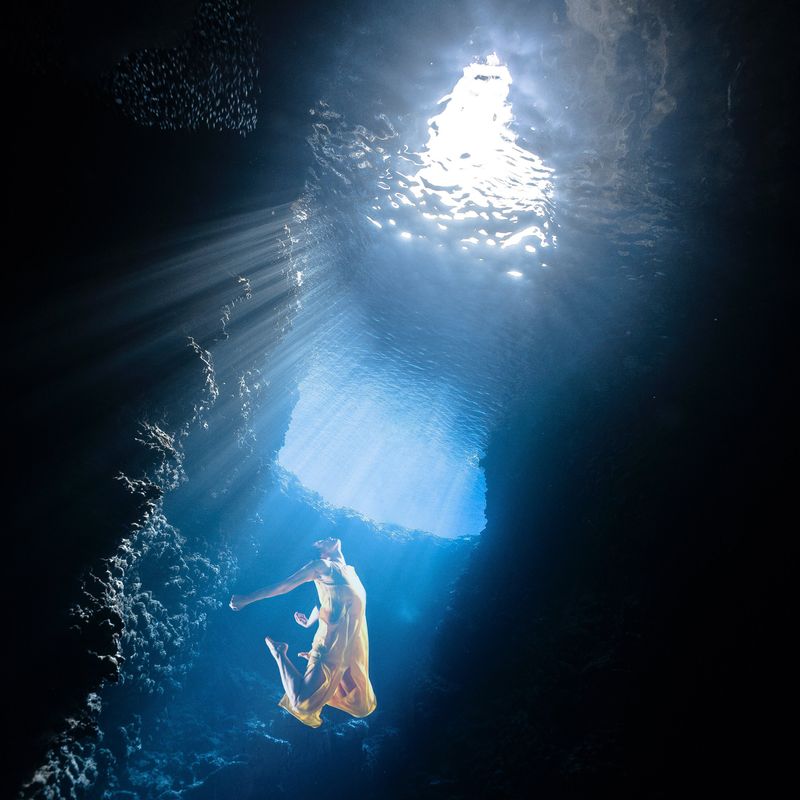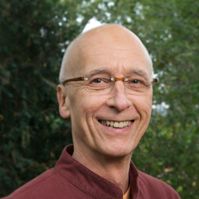Continuing education
Pain is the most common symptom of all diseases and conditions, but it can also become a disease in itself. And that is how we should see chronic pain: as a disease of the nervous system that can even lead to a serious limitation of the joy of life.
Chronic pain is caused by contractions (muscle knots or trigger points). These are (chronic) shortenings of certain muscles that can be particularly (pressure) painful. The musculature is on the one hand the most flexible part of the body, but on the other hand that may also lead to it being the first to get stuck. And when the musculature gets stuck, a lot can go wrong. The skeleton is being pulled out of context, which can lead to misalignment, bulging disks, hernias, and the unbalancing of the Basic Bio Regulation System (BBRS; network consisting of loose connective tissue and into which blood vessels, lymphatic vessels, and vegetative nerves open out). The BBRS is present throughout the body and connects all organs. It is an important communication system in the body and therefore has a major influence on the maintenance of homeostasis.
Oblique Acupuncture
Oblique Acupuncture is a special and daring form of acupuncture, aimed at Ah Shi points, using a special needle technique. Chronic pain complaints can be treated and remedied quickly and effectively. The direct corrective influence on the body, the meridian system, the BBRS, and the Shen is remarkably visible.
Oblique Acupuncture works through the Jing Jin, the tendino-muscular meridians, which run above the main meridians. The Jing Jin is connected to the muscular system and nerve channels and is located just under the skin. Due to the special needle technique, the muscle contractions (Ah Shi points) in the current of the muscle are lightly tapped until the muscle is released. A biochemical process takes place in which the affected muscle fibers immediately spring back into their old shape. In this technique, the needle follows the route of the main meridians, so that various acupuncture points are connected to each other thanks to the length of the needle (6-12.5 cm). The tendino-muscular needling is purely physical. Because of its relationship with the main meridians, you could see it as a combination of the physical aspect of Western medicine and the energetic system of the TCM.
The dancing needle
The basis of this treatment method was laid by LU Ding Hou (1927), originally a biologist. For 25 years he has been researching the most efficient way to treat muscle injuries. He discovered that you can work with electrodes, that you can massage or needle vertically, but that oblique needling with the right length of needles and with short lightning movements, like a dancing needle, is most effective.
After attending a workshop at LU Ding Hou, Daniel Snijders has further developed this knowledge over the past 20 years by relating the Jing Jin, the area where LU Ding Hou performed his treatments, with the main meridians. Daniel has now developed his own treatment method. Here he brings together TCM (via Jin Jing) and Western Medical (anatomy and physiology). With this form of therapy, Daniel focuses on literally restoring the physiological balance. Another advantage is the strong influence on the mental/emotional recovery of patients.
Where patients in the regular sector (neurologists or orthopedists or physiotherapists) cannot be treated further, this form of acupuncture has proven its right to exist. The thousands of patients that Daniel has been able to free from chronic pain complaints in his practice (Chi-Ori) with 3-4 treatments speak volumes in that regard.
For which patients
Oblique Acupuncture is suitable for almost all types of pain. This is because cramps and 'knots' in acidified muscle tissue can lead to complaints not only locally, but also via the BBRS in other places of the body due to pinched nerves, blood vessels, and lymphatics. Think of headaches, fibromyalgia, RSI, neck, shoulder, and back complaints, carpal tunnel syndrome, but also dizziness or balance disorders. Eliminating the cramps and contractions is often sufficient to become symptom-free again so surgery is often not necessary.
Course content
In this interesting course, the methodical approach underlying the treatment of chronic suffering is explained.
The following topics are covered:
Who is this training for:
This course is aimed at therapists who have received complete training in Basic Medical Knowledge (BMK) and Acupuncture, and who deal with chronic pain patients on a daily basis.

 Daniel Snijders
Daniel Snijders